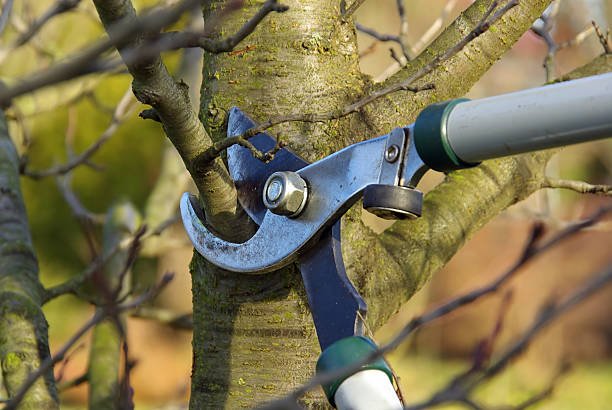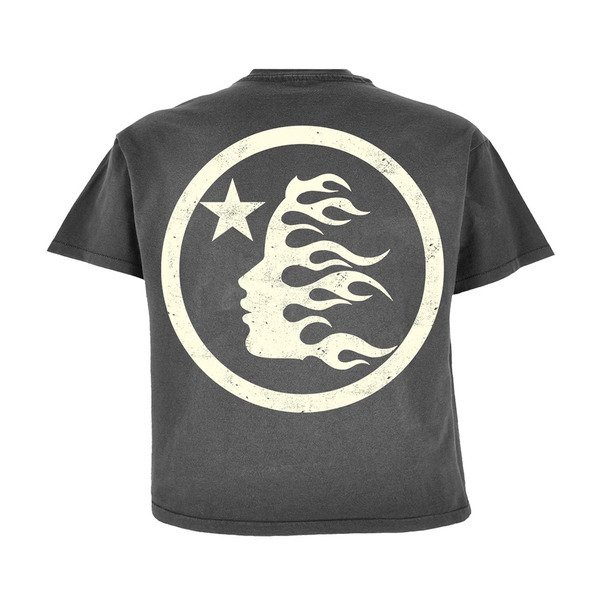The Art and Importance of Tree Pruning
Tree pruning is a crucial practice in maintaining the health, aesthetics, and safety of your trees. It involves the selective removal of certain parts of a tree, such as branches, buds, or roots, to enhance its growth and development. In this article, we will delve into the various aspects of professional tree pruning in Newport KY, its benefits, techniques, and frequently asked questions to help you understand this essential arboricultural practice better.
What is Tree Pruning?
Tree pruning is the intentional cutting of a tree’s branches or roots to improve its health, shape, and safety. This practice can vary significantly depending on the tree species, age, and specific goals you wish to achieve, such as removing dead or diseased wood, encouraging new growth, or shaping the tree for aesthetic purposes.
Benefits of Tree Pruning
Enhances Tree Health
Regular pruning helps remove dead, diseased, or infested branches, allowing the tree to focus its energy on healthy growth. By improving airflow and sunlight penetration, pruning can also reduce the risk of fungal infections and pests.
Promotes Structural Integrity
Properly pruned trees develop a stronger structure, reducing the likelihood of broken branches during storms. This is particularly important for young trees, which need guidance in developing a robust framework to support future growth.
Improves Aesthetics
Pruning shapes trees, making them more visually appealing. Whether you want a formal shape for your landscape or a more natural look, strategic pruning can help you achieve the desired appearance.
Encourages Fruit Production
For fruit trees, pruning is essential to stimulate fruit production. By removing overcrowded branches, you allow the tree to concentrate its energy on fewer, more productive branches, leading to larger and healthier fruits.
When to Prune Trees
The timing of pruning significantly impacts its effectiveness. Here are some guidelines on when to prune:
Dormant Season
Pruning during the dormant season, typically in late winter or early spring, is often recommended. This allows you to see the tree’s structure without leaves and minimizes stress on the tree.
Flowering Trees
For spring-flowering trees, it’s best to prune immediately after flowering to avoid removing next year’s buds. In contrast, summer-flowering trees can be pruned in late winter or early spring.
Young Trees vs. Mature Trees
Young trees should be pruned to establish their shape and structure, while mature trees may require more selective pruning to remove dead or diseased branches.
Common Tree Pruning Techniques
Thinning
Thinning involves removing entire branches to improve airflow and light penetration. This technique helps reduce weight on branches and enhances the tree’s overall health.
Heading
Heading is the practice of cutting back branches to a bud or lateral branch. This technique encourages bushier growth and can help shape the tree.
Crown Reduction
Crown reduction involves reducing the height or spread of a tree’s crown. This technique is particularly useful for trees that have outgrown their space or pose a risk to structures.
Pollarding
Pollarding is a method where the upper branches of a tree are cut back to encourage new growth. This technique is often used on trees that need regular maintenance and is common in urban settings.
Tools Needed for Tree Pruning
Having the right tools is essential for effective tree pruning. Here are some commonly used tools:
- Hand Pruners: Ideal for small branches and precise cuts.
- Loppers: Suitable for cutting thicker branches up to 2 inches in diameter.
- Pruning Saws: Used for larger branches, providing a clean cut.
- Pole Pruners: Helpful for reaching higher branches without climbing.
Safety Considerations
Pruning can be dangerous if proper safety measures are not followed. Here are some safety tips:
- Always wear protective gear, including gloves and safety glasses.
- Use sturdy ladders and ensure they are stable.
- Be cautious of power lines when working with taller trees.
- If the tree is large or near structures, consider hiring a professional arborist.
Hiring a Professional Arborist
While some homeowners may choose to prune their trees, hiring a certified arborist is often the best option for larger trees or complex pruning jobs. Professional arborists have the experience, tools, and knowledge to ensure that your trees are pruned correctly and safely, enhancing their health and appearance.
Frequently Asked Questions (FAQs)
How often should I prune my trees?
The frequency of pruning depends on the tree species and its growth rate. Generally, young trees should be pruned annually, while mature trees may need pruning every few years.
Can I prune my trees in the summer?
While summer pruning is possible, it can stress the tree. It’s usually best to prune during the dormant season unless specific circumstances require summer pruning.
What should I do with the pruned branches?
You can chip the branches for mulch, compost them, or dispose of them according to local regulations.
Will pruning hurt my tree?
When done correctly, pruning should not harm the tree. In fact, it promotes health and growth. However, improper pruning techniques can damage the tree and lead to health issues.
What are the signs that a tree needs pruning?
Signs that a tree may need pruning include dead or diseased branches, crowded growth, or branches that are interfering with structures or power lines.
Conclusion
Tree pruning is an essential aspect of tree care that contributes to the health, beauty, and longevity of your trees. Whether you choose to prune your trees yourself or hire a professional, understanding the importance and techniques of pruning will ensure that your trees thrive for years to come. By investing time and effort in proper tree care, you will enjoy the benefits of healthy, well-maintained trees in your landscape.






